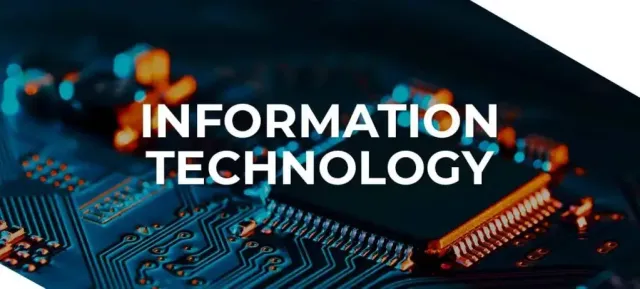Information Technology: The Backbone of the Modern World
Information Technology (IT) has become an integral part of our lives, revolutionizing the way we work, communicate, and interact with the world. From the smartphones we carry in our pockets to the complex systems that power our businesses, IT has transformed industries and societies worldwide.
The Evolution of IT:
The evolution of IT can be traced back to the early days of computing, when mechanical calculators and punch card systems were used to perform simple calculations. Over time, advancements in hardware and software led to the development of more powerful and versatile computers. The personal computer revolution of the 1980s brought computing to the masses, making it accessible to individuals and businesses of all sizes.
The internet, which emerged in the 1990s, further transformed IT by connecting computers worldwide and creating a vast digital marketplace. The rise of e-commerce, social media, and cloud computing has transformed the way we shop, communicate, and do business.
The Impact of IT on Society:
IT has had a profound impact on society, affecting everything from education to healthcare to entertainment. In education, IT has enabled the development of online learning platforms, making education more accessible and affordable. In healthcare, IT has led to advancements in medical research, diagnosis, and treatment, improving patient outcomes. In entertainment, IT has revolutionized the way we consume media, with streaming services and video games becoming increasingly popular.
IT has also had a significant impact on the job market, creating new jobs and transforming existing ones. The rise of automation and artificial intelligence has led to concerns about job displacement, but it has also created opportunities for new skills and professions.
Key Areas of IT:
IT encompasses a wide range of technologies and applications, including:
- Hardware: The physical components of a computer system, such as the processor, memory, and storage devices.
- Software: The programs and applications that run on computers, including operating systems, databases, and productivity tools.
- Networking: The technology that enables computers to communicate with each other, including the internet and local area networks (LANs).
- Database Management: The process of organizing and storing data in a structured format, allowing for efficient retrieval and analysis.
- Cybersecurity: The practice of protecting computer systems and networks from unauthorized access or attack.
- Cloud Computing: The delivery of computing services over the internet, allowing users to access resources from remote locations.
- Artificial Intelligence: The development of computer systems that can perform tasks that typically require human intelligence, such as learning, reasoning, and problem-solving.
Challenges and Opportunities:
While IT has brought many benefits, it also presents challenges. Cybersecurity threats, privacy concerns, and digital divide are among the key issues that need to be addressed. However, IT also offers immense opportunities for innovation and economic growth. By investing in IT education and infrastructure, governments and businesses can create a more competitive and sustainable future.
In conclusion, IT has become an indispensable part of our modern world, transforming industries and societies in countless ways. As technology continues to evolve, it is essential to embrace its potential while addressing its challenges to ensure a positive future for all.


